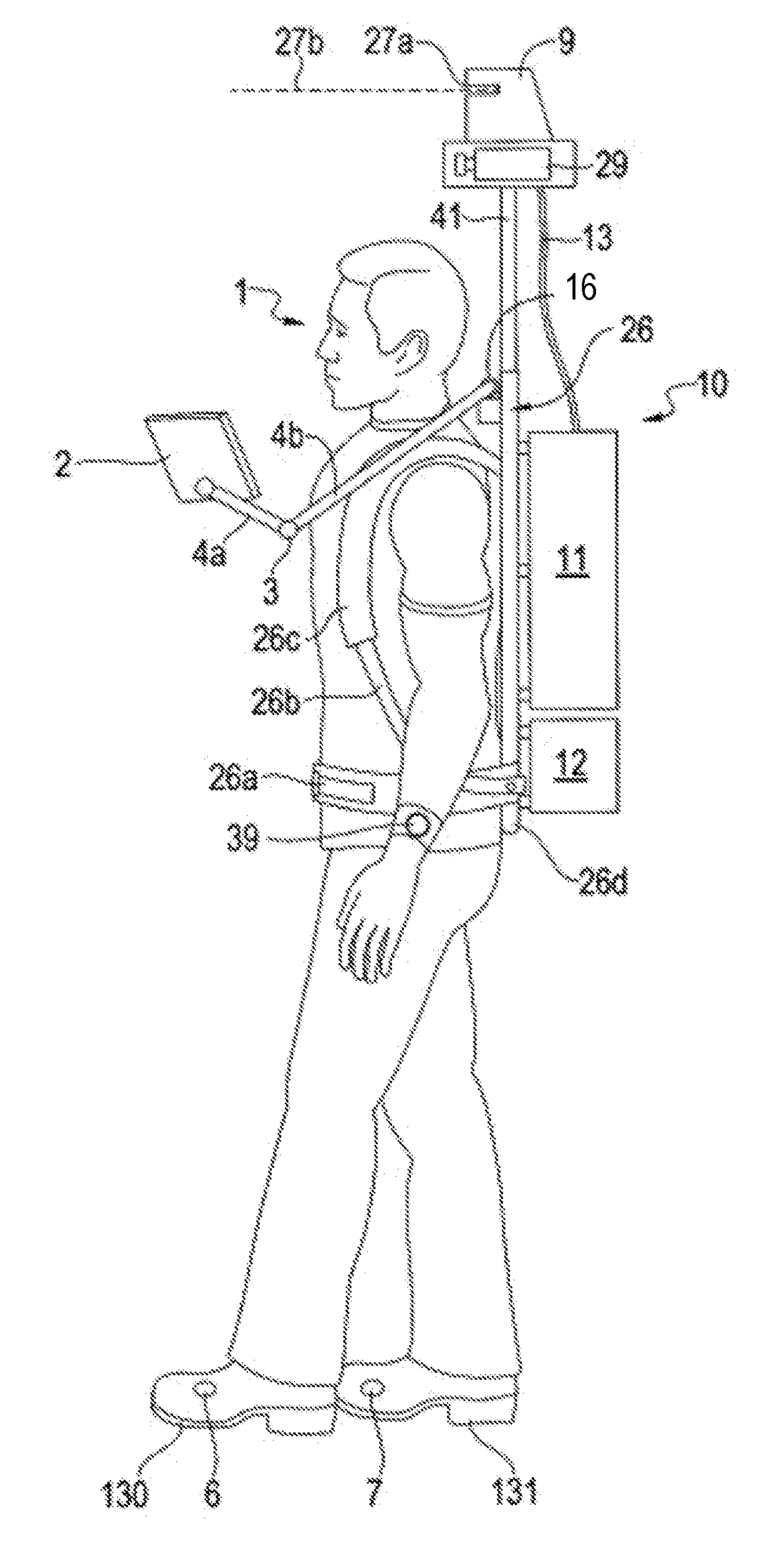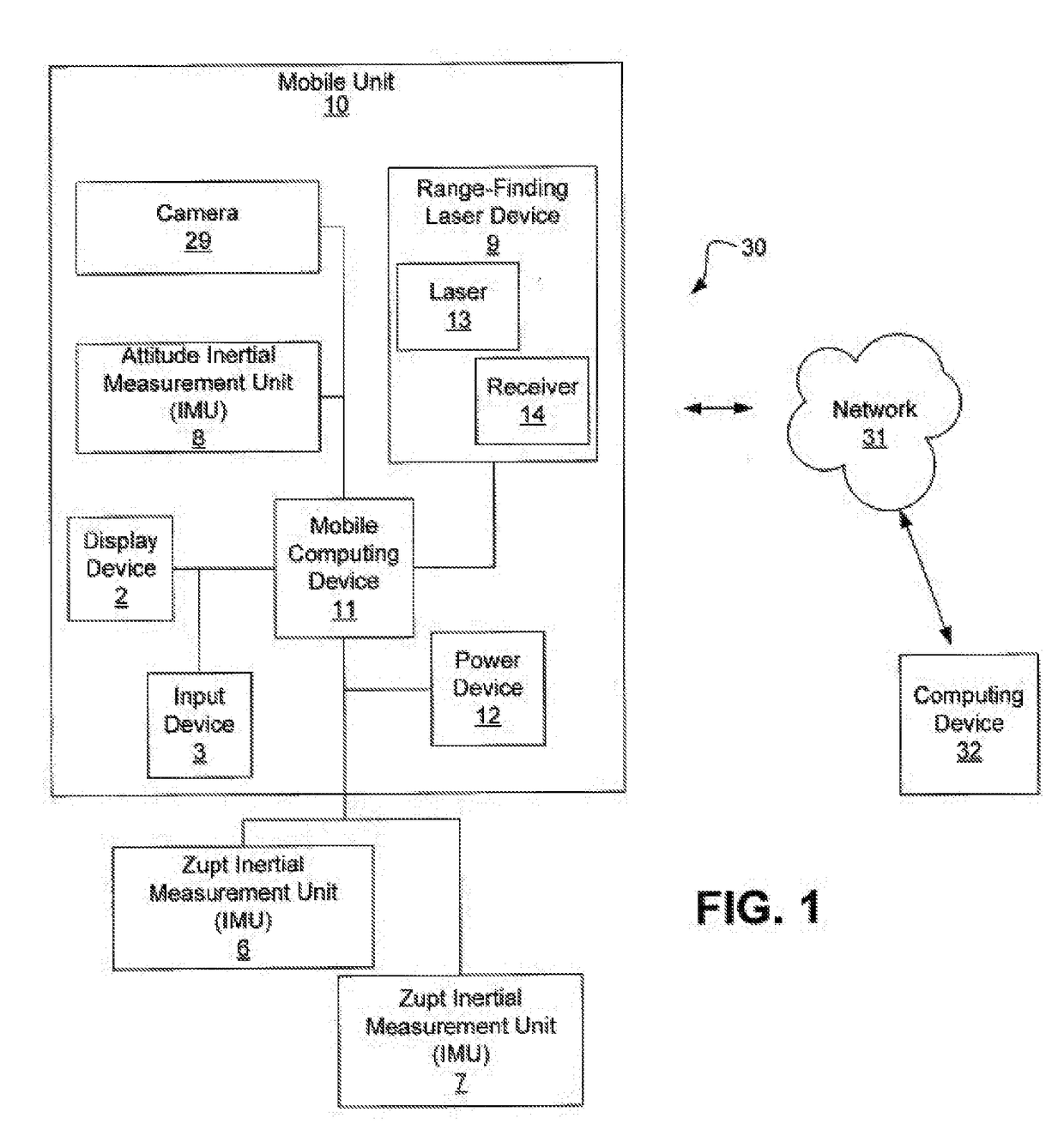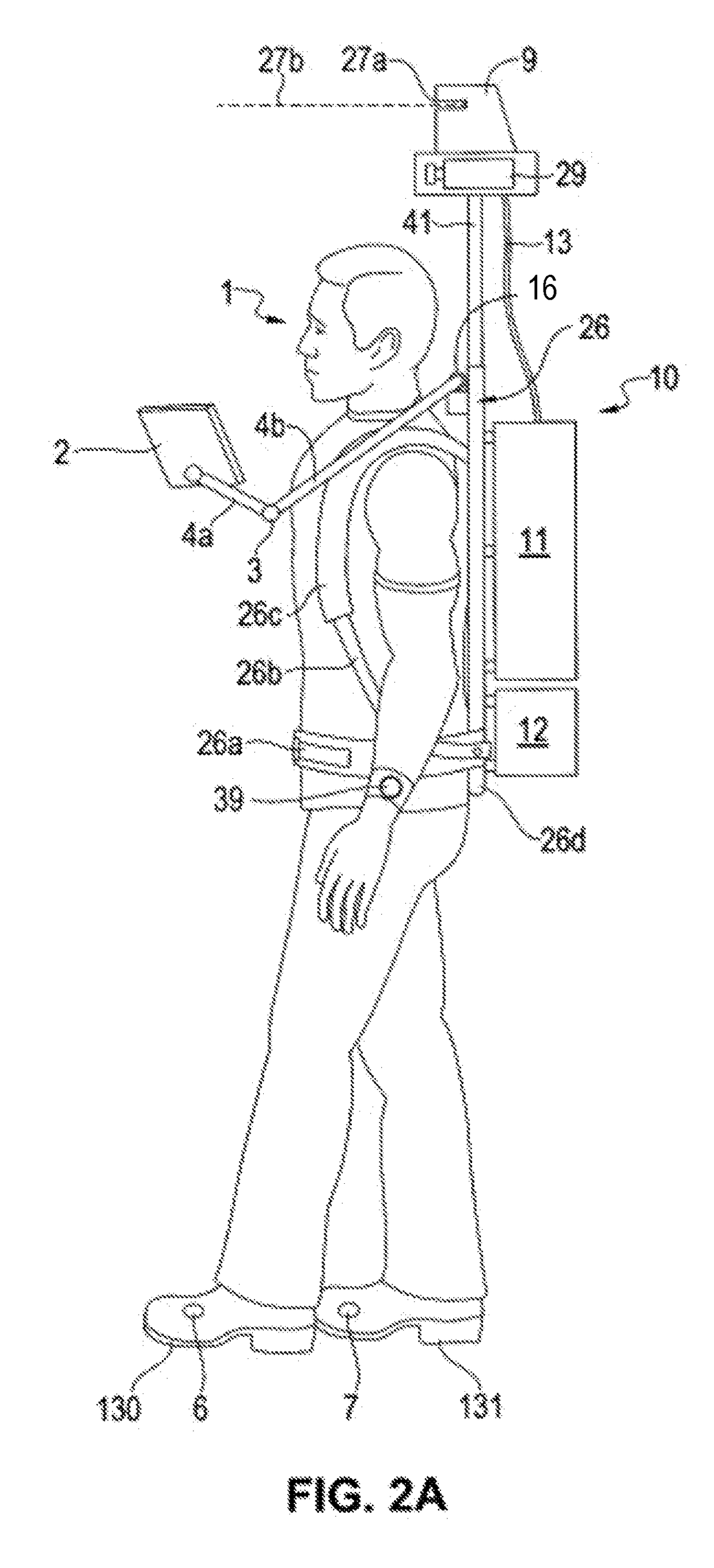Apparatus, Systems and Methods for Point Cloud Generation and Constantly Tracking Position
- Summary
- Abstract
- Description
- Claims
- Application Information
AI Technical Summary
Benefits of technology
Problems solved by technology
Method used
Image
Examples
Embodiment Construction
[0029]All art specific terms used herein are intended to have their art-accepted meanings in the context of the description unless otherwise indicated. All non art specific terms are intended to have their plain language meaning in the context of the description unless otherwise indicated.
[0030]As used herein, the “pose” of an object refers the the position and orientation of the object in space at a given time. The position of the object may be described using a coordinate system, such as a Cartesian coordinate system. The orientation may be described, for example, in terms of pitch, roll, and yaw.
[0031]An incremental scan matcher pose is derived through a scan matching process, where successive laser scans are compared using a pattern matching or scan matching technique and the difference in orientation and position offset are computed. The difference is known as the change in pose, or incremental pose.
[0032]A point cloud is a set of information that represents Cartesian coordinat...
PUM
 Login to View More
Login to View More Abstract
Description
Claims
Application Information
 Login to View More
Login to View More - R&D
- Intellectual Property
- Life Sciences
- Materials
- Tech Scout
- Unparalleled Data Quality
- Higher Quality Content
- 60% Fewer Hallucinations
Browse by: Latest US Patents, China's latest patents, Technical Efficacy Thesaurus, Application Domain, Technology Topic, Popular Technical Reports.
© 2025 PatSnap. All rights reserved.Legal|Privacy policy|Modern Slavery Act Transparency Statement|Sitemap|About US| Contact US: help@patsnap.com



